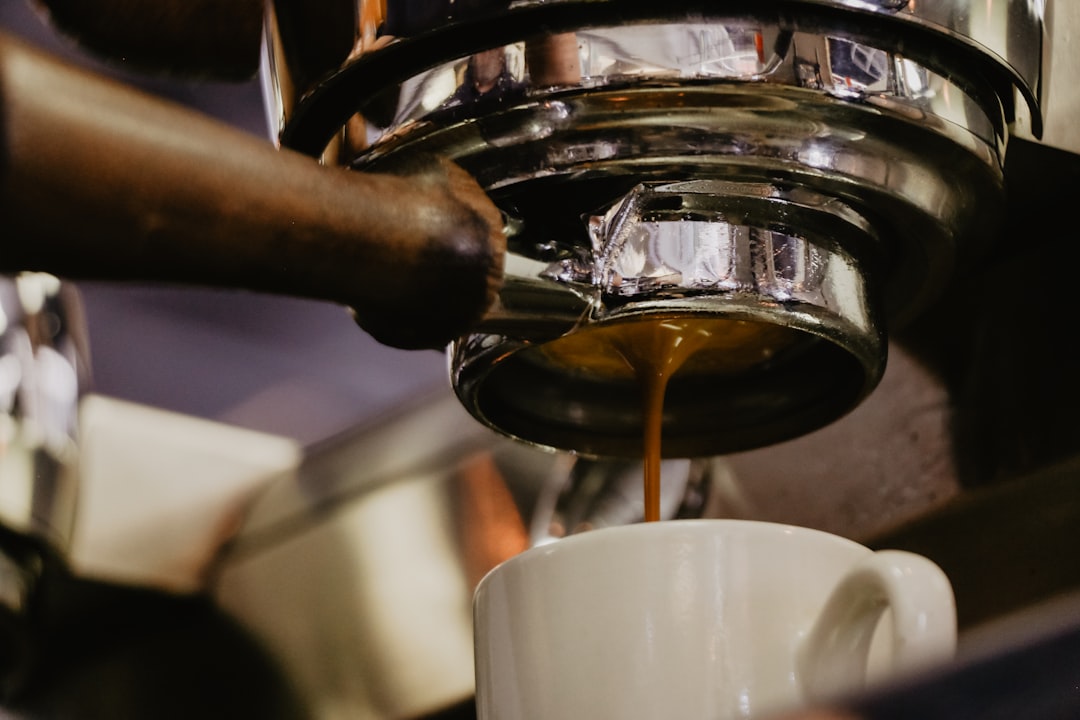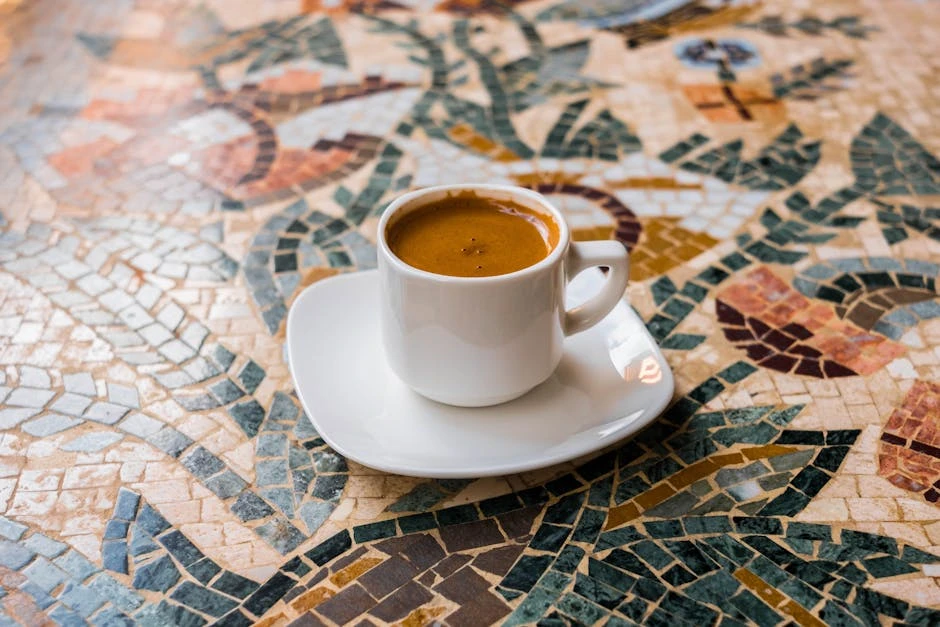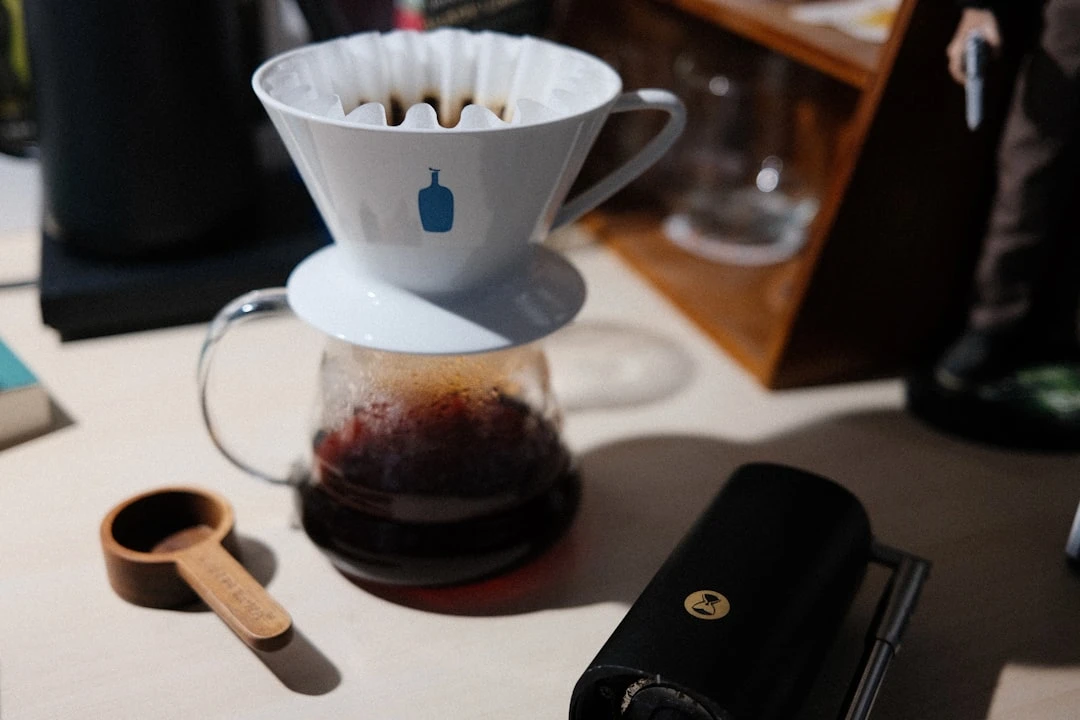Ristretto vs Long Shot: The Guide to Espresso Extraction Comparison

I'll never forget the first time I tasted a properly pulled ristretto shot. I was at this tiny café in Seattle, feeling all confident about my coffee knowledge, when the barista asked if I wanted to try their "restricted shot." Restricted? I thought he was messing with me!
But wow, that first sip completely changed how I understood espresso extraction. The intensity, the sweetness, the way it just hit different than anything I'd tasted before. That's when I realized there's a whole world beyond the standard espresso shot – and understanding ristretto vs long shot became my new obsession.
Here's the thing about espresso extraction: it's not just about shoving hot water through coffee grounds and hoping for the best. The timing, the pressure, the grind – everything matters. And when you start playing with extraction times, you unlock completely different flavor profiles from the exact same beans.
Today I'm gonna walk you through everything I've learned about ristretto and long shots. We'll cover what makes each one unique, how to pull them at home, and most importantly – which one's gonna make your taste buds happiest. Trust me, once you understand these techniques, your morning coffee routine will never be the same.
What is a Ristretto Shot? (The "Restricted" Espresso)
So what exactly is this "restricted" shot that blew my mind all those years ago? A ristretto is basically an espresso shot that's cut short – literally. The word comes from Italian and means "restricted" or "limited," which tells you everything you need to know about the brewing process.
Instead of letting your espresso extract for the standard 25-30 seconds, you stop the shot at around 15-20 seconds. You're using the same amount of coffee grounds, but pulling roughly half the liquid volume. What you end up with is this concentrated, syrupy shot that's incredibly intense and sweet.
The magic happens because you're only extracting the first part of the brewing process – the good stuff. Those initial seconds pull out the most soluble compounds, the oils, and all the sweet, fruity notes without getting into the bitter territory that comes later. It's like catching lightning in a bottle, but with coffee.
I remember my first attempts at home were disasters. I kept thinking "more coffee equals stronger flavor," so I'd pack the portafilter tight and wonder why my ristretto tasted like motor oil. Turns out, ristretto isn't about strength – it's about concentration and balance. The grind needs to be slightly finer than regular espresso, but not so fine that water can't flow through properly.
The flavor profile of a good ristretto is something special. You get this incredible sweetness upfront, followed by complex fruit notes that seem to dance on your tongue. There's almost no bitterness, just pure concentrated coffee essence. It's like the difference between grape juice and wine – same source, completely different experience.
What is a Long Shot? (The Extended Extraction)
Now let's flip the script and talk about long shots – the complete opposite of ristretto. If ristretto is all about restriction, long shots are about letting things flow. We're talking about extending your extraction time to 35-45 seconds, sometimes even longer, and pulling significantly more liquid from your coffee grounds.
The Italian term for this is "lungo," which means "long." You're essentially drowning your coffee grounds with water, extracting way more compounds than you would in a standard shot. This creates a completely different flavor experience that's more diluted but covers a broader spectrum of taste notes.
Here's where I made my biggest mistake when I first started experimenting with long shots. I thought it was just watered-down espresso – boy, was I wrong! The extended extraction time pulls out compounds that never make it into regular espresso shots. You get more of the acidic notes, more of the bitter compounds, and a much more complex (sometimes challenging) flavor profile.
The grind size for long shots needs to be coarser than regular espresso. I learned this the hard way after pulling shots that tasted like they'd been filtered through an ashtray. When water flows through coffee grounds for that long, every little variable gets amplified. Too fine of a grind and you'll over-extract into bitter territory real quick.
What fascinates me about long shots is how they showcase different aspects of the same coffee bean. Where ristretto highlights sweetness and fruit notes, long shots bring out earthier, more complex flavors. It's like listening to a song with different equalizer settings – same music, totally different experience.
The volume difference is pretty dramatic too. While a ristretto might give you 15-20ml of liquid, a long shot can produce 60ml or more. This makes long shots perfect for people who want to sip their espresso rather than knock it back in one go.
Ristretto vs Long Shot: Side-by-Side Comparison
Alright, let's get down to the nitty-gritty comparison because this is where things get really interesting. After years of pulling both shots side by side (sometimes obsessively), I've noticed some consistent patterns that'll help you understand which direction to go.
Extraction Time and Volume: Ristretto clocks in at 15-20 seconds for about 15-20ml of liquid. Long shots take 35-45 seconds and produce 50-60ml. The difference isn't just about time – it's about what gets extracted during those extra seconds.
Caffeine Content: Here's something that surprised me when I first learned it. Ristretto actually has slightly less caffeine per shot than regular espresso, and long shots have more. But here's the kicker – because ristretto is so concentrated, the caffeine hits you differently. It's like the difference between sipping whiskey versus beer.
Flavor Intensity: This is where things get personal. Ristretto delivers intense, concentrated flavors that hit you immediately. It's sweet, syrupy, and complex in a very focused way. Long shots spread those flavors out over more liquid, creating a more nuanced but less intense experience. Neither is better – they're just different tools for different moods.
Crema Formation: Ristretto produces thick, rich crema that's almost golden-brown. Long shots create more crema overall, but it's lighter in color and less dense. I've found that ristretto crema holds its structure longer, while long shot crema dissipates quicker.
Bean Selection: Different coffee beans respond differently to each extraction method. I've had amazing results using lighter roasts for long shots – they seem to handle the extended extraction without getting too bitter. Medium to dark roasts work beautifully for ristretto because the shorter extraction time prevents any harsh flavors from dominating.
How to Pull the Perfect Ristretto at Home
Getting ristretto right at home took me way longer than I'd like to admit. I probably wasted more coffee beans than I care to count, but eventually figured out a system that works consistently. Let me save you some of that trial and error.
Equipment You'll Need: Your standard espresso setup works fine – espresso machine, grinder, tamper, and scale. The scale is crucial because ristretto is all about precision. You can't just eyeball it and hope for the best.
The Step-by-Step Process: Start with your coffee dose – I typically use 18-20 grams of coffee, same as regular espresso. The key difference is in the grind size. Go slightly finer than your normal espresso grind, but be careful not to go too fine or you'll choke your machine.
Tamp with consistent pressure (I use about 30 pounds of force), and here's where timing becomes everything. Start your extraction and watch that scale like a hawk. You want to stop the shot when you hit about 15-20ml of liquid, which should happen around 15-20 seconds.
Common Mistakes I Made (So You Don't Have To): My biggest error was thinking finer grind automatically meant better extraction. Too fine and water can't flow properly, creating channeling and uneven extraction. I also used to stop shots too early, thinking shorter was always better. You need those full 15-20 seconds to get proper extraction.
Temperature matters more with ristretto than regular espresso. I keep my machine at around 200°F (93°C). Any hotter and you'll extract too quickly, any cooler and you won't get full flavor development in that short timeframe.
Troubleshooting Tips: If your ristretto tastes sour, your grind might be too coarse or your extraction too fast. If it's bitter, you've probably gone too fine or extracted too long. The sweet spot takes practice, but when you hit it, you'll know immediately.
Mastering the Long Shot: Your Complete Guide
Long shots taught me patience in a way that ristretto never did. Where ristretto is all about precision timing, long shots are about understanding the full extraction curve and knowing when to stop before things go south.
Proper Technique and Timing: Use the same coffee dose as regular espresso (18-20 grams), but adjust your grind to be noticeably coarser. You want water to flow through more easily since it'll be in contact with the grounds much longer. Start timing when you hit the brew button and plan for 35-45 seconds of total extraction time.
The tricky part is recognizing when your long shot is properly extracted versus over-extracted. I watch the color of the espresso stream – it should maintain a consistent honey-like color throughout most of the extraction. When it starts turning very pale or white, that's your cue to stop.
Grind Size Adjustments: This took me forever to get right. Long shots require a coarser grind than you'd think. I was grinding too fine for months and couldn't figure out why my shots tasted harsh and bitter. The longer extraction time means more surface area contact, so you need larger particles to prevent over-extraction.
Water Temperature Considerations: I keep my water temperature slightly lower for long shots – around 195-200°F (90-93°C). The extended contact time means heat has more opportunity to extract bitter compounds, so backing off the temperature helps maintain balance.
Signs of Over-Extraction: This is crucial knowledge that took me way too many bad shots to learn. Over-extracted long shots taste hollow, bitter, and dry. The crema becomes thin and pale, and you'll get an unpleasant aftertaste that lingers. If you're hitting these notes, coarsen your grind or shorten your extraction time.
Which Should You Choose: Ristretto or Long Shot?
After years of switching between both styles depending on my mood, I've developed some pretty strong opinions about when each one shines. But here's the thing – taste is personal, and what works for me might not work for you.
Personal Taste Preferences: If you love intense, concentrated flavors and don't mind small volumes, ristretto is your friend. It's like the espresso equivalent of a flavor bomb – every sip packs serious punch. Long shots are better if you prefer more nuanced flavors and want something you can actually sip and contemplate.
I usually go for ristretto when I want that immediate caffeine hit and intense flavor experience. It's my go-to for busy mornings when I need maximum impact in minimum time. Long shots are my evening choice when I want to slow down and actually taste what I'm drinking.
Time of Day Considerations: Morning me wants ristretto – quick, intense, efficient. Evening me prefers long shots because they give me something to sip slowly while unwinding. There's something meditative about a good long shot that ristretto just can't match.
Pairing with Milk Drinks: Here's where things get really interesting. Ristretto works amazingly well in milk-based drinks because its intensity cuts through dairy beautifully. Some of the best cappuccinos I've ever made used ristretto shots as the base. Long shots, on the other hand, can get lost in milk drinks – their subtlety gets overwhelmed.
Cost and Coffee Bean Usage: Both methods use the same amount of coffee beans per shot, but you get different value propositions. Ristretto gives you maximum flavor per gram of coffee but minimal volume. Long shots stretch your beans further in terms of liquid volume but might not satisfy if you're looking for intensity.
I've found that expensive, high-quality beans really shine in ristretto preparation because you're extracting the absolute best compounds. For everyday drinking, long shots can make decent beans taste more complex and interesting than they have any right to.
Conclusion
Looking back on my coffee journey, understanding ristretto vs long shot extraction was like discovering a secret language. These aren't just different ways to make espresso – they're completely different approaches to experiencing coffee.
Ristretto gives you intensity, sweetness, and concentration in every drop. It's the espresso equivalent of poetry – every element carefully chosen and perfectly balanced. Long shots offer complexity, nuance, and a more contemplative drinking experience. They're like novels – they take time to unfold but reward patience with depth.
The beautiful thing is that you don't have to choose sides. I keep both techniques in my arsenal and use them depending on my mood, the time of day, and what I want from my coffee experience. Some mornings call for the punch of ristretto; some evenings demand the complexity of a long shot.
My advice? Start experimenting with both methods using coffee beans you already know and love. Pay attention to how the same beans taste completely different when extracted using these techniques. Take notes, make mistakes, and don't be afraid to waste a few shots while you're learning.
Related Articles
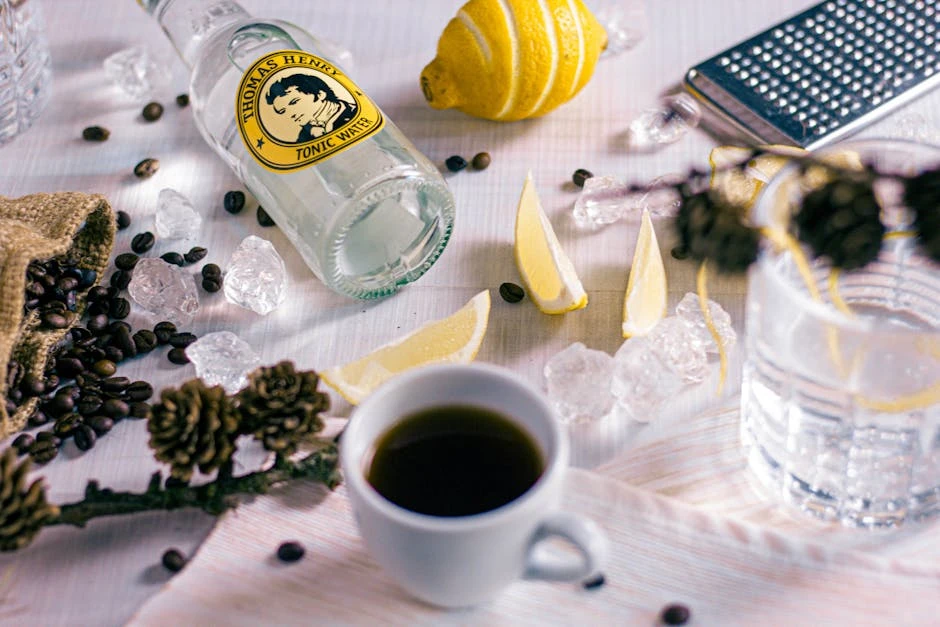
Easy Espresso Tonic Recipe: Make This Trendy Iced Coffee Drink in 5 Minutes
Read More →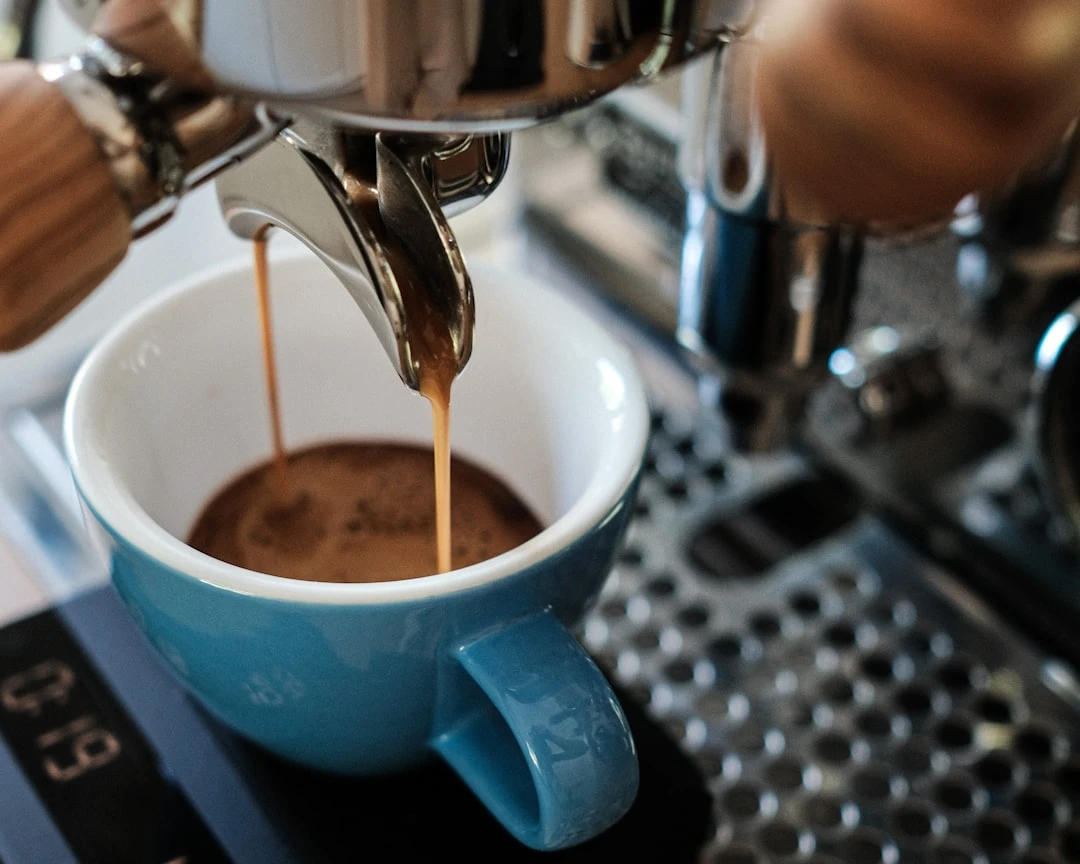
Espresso Doppio: The Double Shot Guide That'll Change Your Coffee Game Forever
Read More →